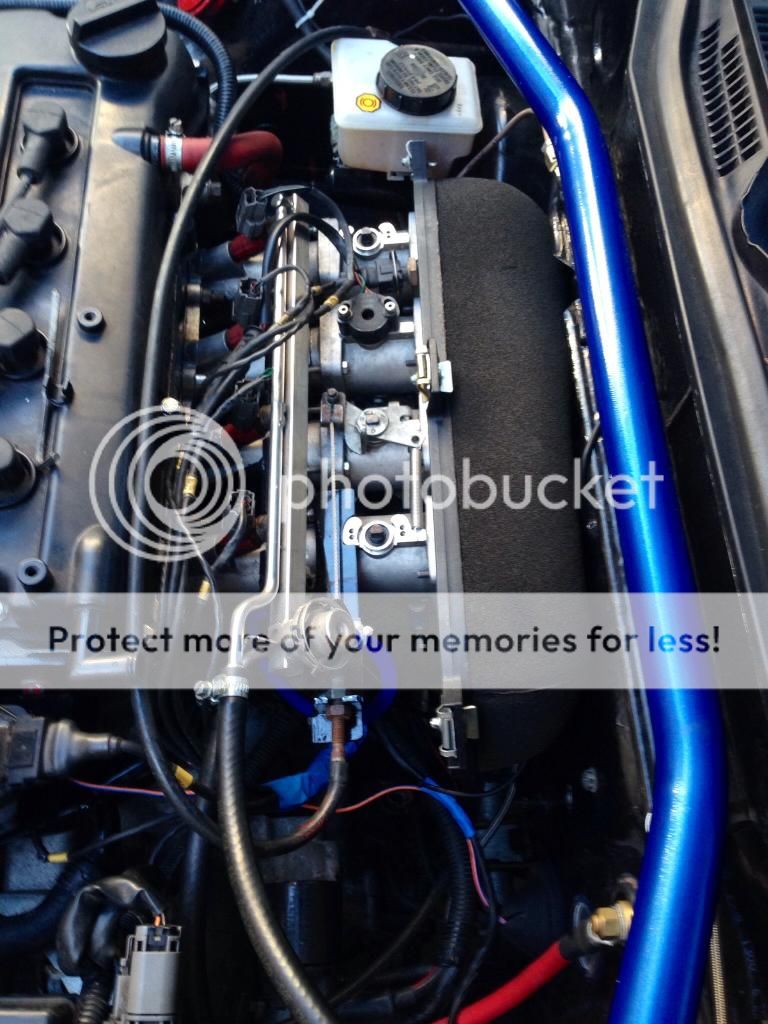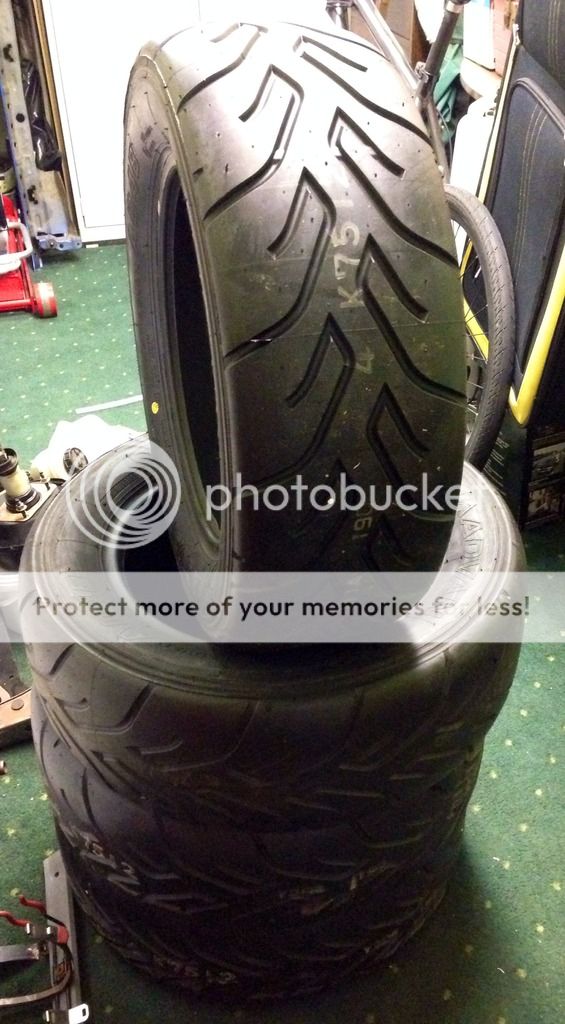Where did you test out of curiosity? Flat grounds etc? Reason I ask is the pressure change for the rears
Softer setups are much better at reacting to bumps etc problem is they can get too vague
Objective being to run as soft as is necessary whilst giving good feedback
Your rears for example are designed for smooth fast track use. Where bumps/drop are foreign entities. At the minute your recipe points to more of an oversteer type than understeer which is odd but given the tyre pressure when warm I can see why
Like many off the shelf suspension options available they all follow a similar code/build. Eg a progressive damping rate with jack down type set up. The problem is with that these days is people are so used to that set up, that when you change to a linear or digressive setup which is also stiffer than normal, as you crossover from road to race, but still soft in terms of it's use it does throw many folk off and takes some getting used to. Ie drive hard to feel the benefit.
That's where you're choice will lie in where to go next, going stiffer will only worsen the affects of bumps, whilst dampers are assumed to do all the damping the initial bump force is absorbed by the spring and converted into kinetic energy etc blah blah
Sometimes tripodding can't be avoided, for example if you wish for a softer setup which allows roll, you'll always drop a wheel in tight turns with short shocks. That said 38psi is incredibly high for a car as light as yours. The rear wouldn't have much trouble letting go at that. I run mine 34/34 when warm.
Over rougher ground, you want soft enough settings to react sufficiently whilst firm enough to give good feedback to the driver, these are digressive setups. (A challenge faced by every manufacturer today to some extent) Something not common nor easy to get from off the shelf parts without spending ££££.
Any ride in a prepped rally car will prove that point although they have very different comp/reb ratios
You're not limited to shocks, springs n tyre pressure to make a big difference. Another way to dramatically change a cars behaviour is track width.
All road cars are designed to understeer their track width dictates so. Changes there can have an effect if it's an u/s or o/s issue that's stopping you


 [/URL
[/URL



